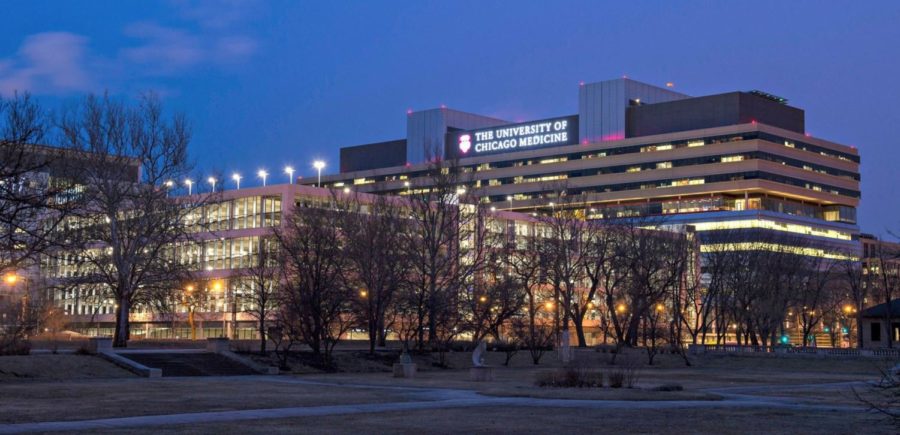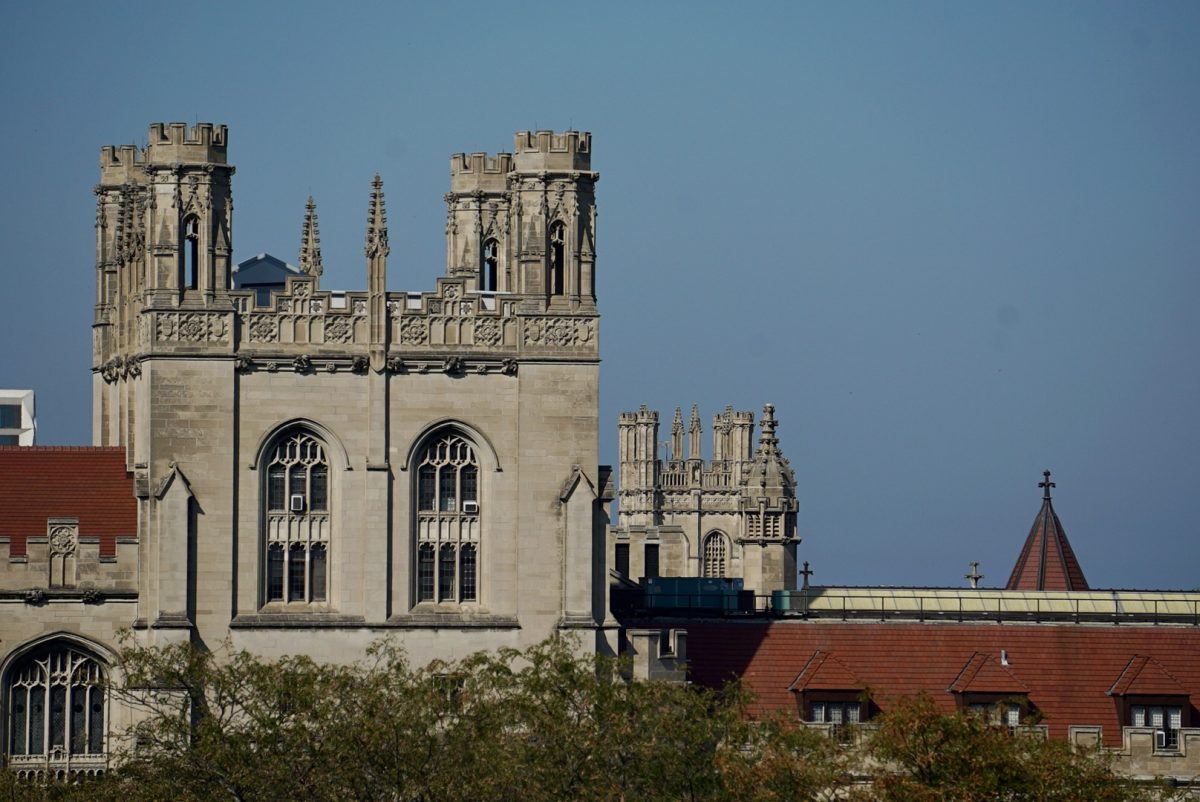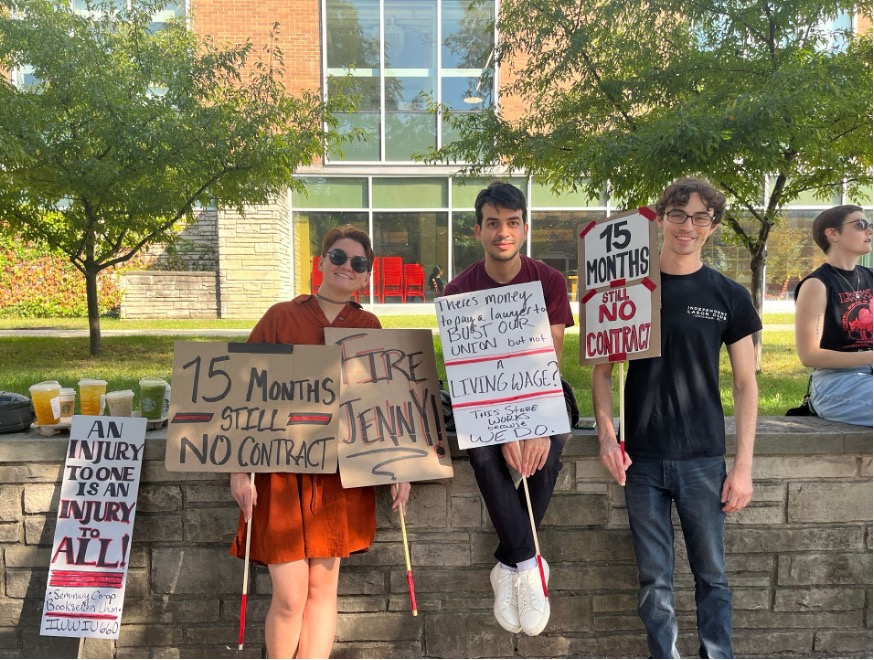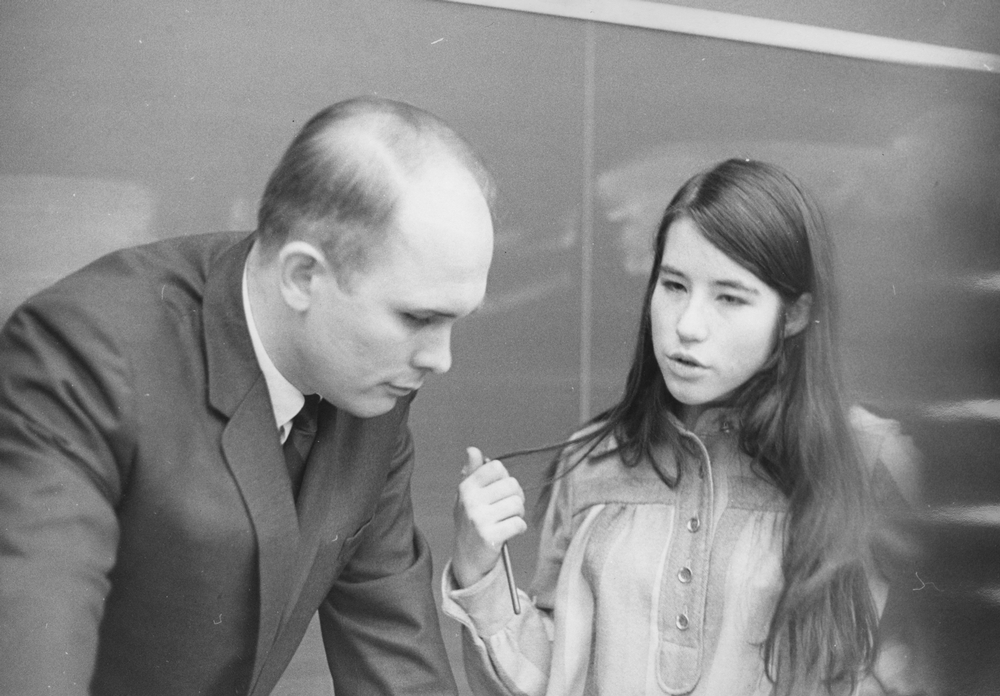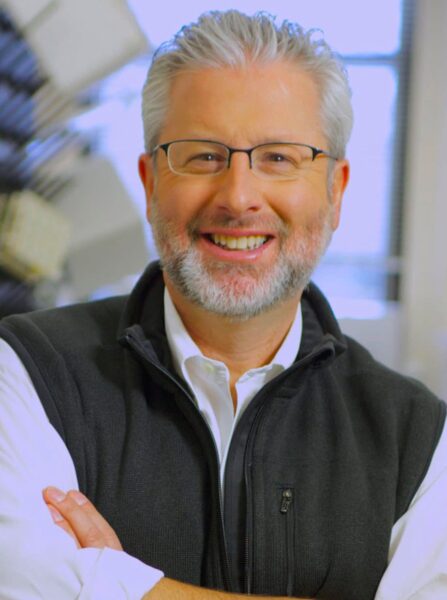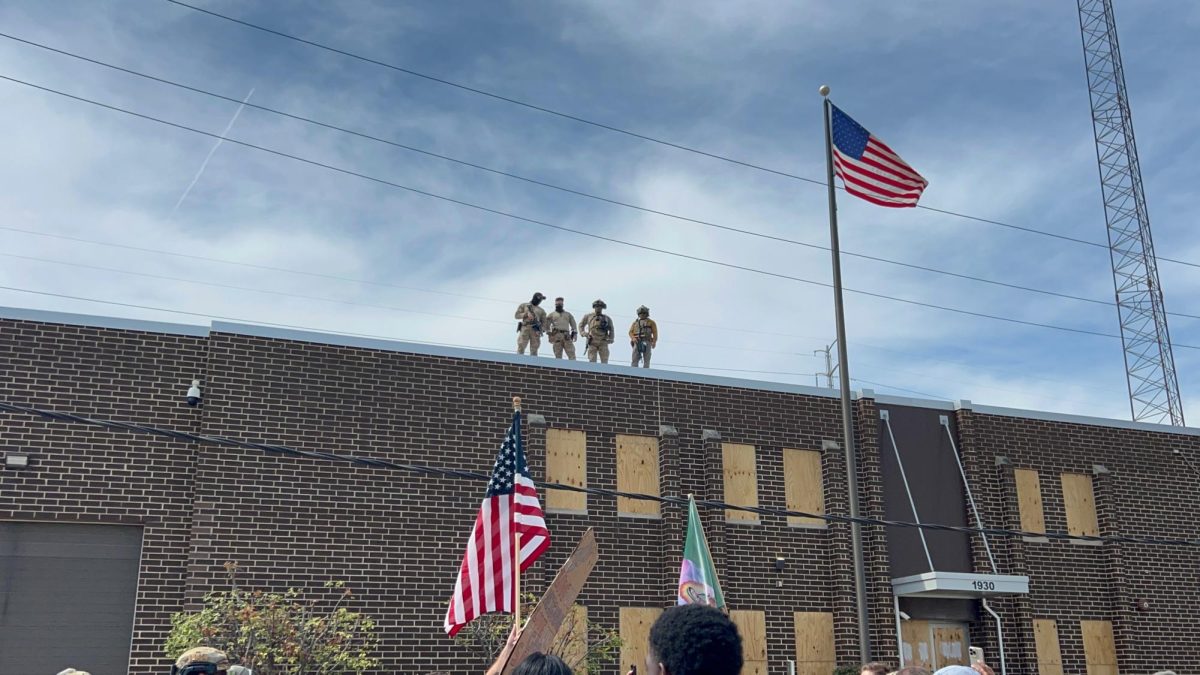Who wants a job?
The Career Advising and Planning Services (CAPS) office is offering several programs this week. On Tuesday, there will be an InterviewTRAK Information Session in Ida Noyes East Lounge from 3 to 4 p.m., that will inform students about how to use InterviewTRAK and On-Campus Recruiting (OCR) to find jobs and internships.
Students must attend an InterviewTRAK workshop in order to participate in On-Campus Recruitment, an employment program that is gaining momentum at the University. According to Jay Burgin, associate director for OCR, there are more than 80 employers involved with OCR this year, versus 69 last year, and there will be 51 employers at the Fall Career Fair (October 13, 12-4 p.m., Ida Noyes Hall) compared with 33 at last year’s fair. To prepare students for On-Campus Recruitment, CAPS is offering a workshop titled “How to Work the Job Fair” (October 11, 5:30 p.m., INH, West Lounge) and holding specific walk-in hours for resume and career advising and practice interviews. Also of note is the online Chicago Student Network (CSN) which Liz Michaels, director of CAPS, started this summer to help students learn about other students’ career experiences.
On Tuesday, there will be information sessions for Boston Consulting Group (4-5 p.m., Ida Noyes Hall, West Lounge), McKinsey Germany office (5:30-6:30 p.m., INH, Rm. 203), Morningstar, Inc. (5:30-7 p.m., INH, East Lounge), Preparing for the Academic Job Market (4-5 p.m., INH, East Lounge) and McKinsey PhD (7:00-8:00 p.m., INH, West Lounge). On Wednesday, there will be information sessions for SAC Capital Advisors, LLC (4-5:30 p.m., INH, West Lounge), Boston Consulting Group PhD (5:30-7 p.m., INH, East Lounge), and Morgan Stanley (7-8:30 p.m., INH, West Lounge). On Thursday, there will be more information sessions, such as Lazard Freres & Co, LLC (4-5:30 p.m., INH, West Lounge), Goldman Sachs (5:30-7 p.m., INH, East Lounge), William Blair & Company, LLC (7-8:30 p.m., INH, West Lounge), and a Grad Student Job Search Orientation (4-5 p.m., INH, East Lounge).
—Kim Drelich
Lipson fights plagiarism
With the advent of the Internet and ever growing class sizes, academic dishonesty and plagiarism have grown steadily over the past decade, prompting a nationwide stir among the major universities around the country. Enter Political Science Professor Charles Lipson, whose upcoming publication, Doing Honest Work in College: How to Prepare Citations, Avoid Plagiarism, and Achieve Real Academic Success, reacts to a disturbing trend, offering advice and guidelines concerning proper citations, as well as outlining the core principles of academic honesty.
Although officially to be released to the general public on October 15, the University of Chicago Press published the book early for distribution to first-year students enrolled in the writing-intensive Humanities Core courses. Currently the Director of Undergraduate Studies in Political Science and the co-chair of the Program on International Politics, Economics, and Security (PIPES), Lipson attributes his interest in the realm of academic honesty to his experience working with students and faculty members of the college.
“I enjoy working with students and wanted to give them a clear, friendly guide to what honest academic work actually is and why it is so important to genuine learning,” Lipson said, after swearing that the idea to work with students was really truly his own, not dishonest, and not lifted from another source.
Doing Honest Work in College discusses several key questions involving the often blurry line between academic honesty and plagiarism. The first half of the book deals with the general conceptual questions concerning academic honesty, and offers general guidelines for citations and online research. The second half offers specific accounts of citation styles, showing readers the exact process of citing journals, newspapers, books, websites, articles, encyclopedias, and other media sources.
“The book answers several questions that come up again and again when I talk with students. What does it mean to do honest work in my various classes? When I write papers, how should I cite the research I use?” Lipson asked “I want to make it easy to handle the citations so you can concentrate on researching and writing the paper.”
Although this is Lipson’s first work concerning academic honesty and plagiarism, given the current stormy climate concerning plagiarism and dishonesty at major American universities, Lipson believes that the book would serve as a necessary roadmap for guiding students and faculty members alike through the often bewildering mazes of academia.
“There is no surefire way to eliminate the problems, but it helps to lay out the principles of academic honesty in clear language and explain why they matter for real learning, ” Lipson explained. “That puts students and teachers on the same page, with a shared understanding of what’s right and what’s wrong.”
—Yuefan Weng
WHPK broadcasts over new antenna
Concurring with the ongoing construction work to replace windows and restore the façade of Pierce Tower, a new transmitting tower for WHPK has been placed atop the building.
“The new antenna will predominantly improve the quality of our broadcast within our established broadcast range,” said Isaac Neimand, station manager. “So the main focus of this was to replace a piece of equipment that was nearing the end of its lifespan.”
Pierce Tower is the only building on campus tall enough to meet FCC regulations for FM broadcasting, and has hosted a WHPK transmitting tower for years. The old tower was last replaced in 1984, when the station increased transmission from 10 watts to 100 watts. The larger number of watts increased signal clarity and range.
Many college radio stations broadcast at 100 watts, which on average equates to a broadcasting radius of about 3.5 miles. The 20-year-old tower was beginning to rust and fray, diminishing transmission quality within its usual range.
Listener estimates for WHPK, conducted by Arbitron, a company specializing in the field, suggest that currently an average 50,000 people a week tune in to the station to hear its eclectic mix of music and talk shows.
Replacing the old tower and calibrating all the equipment on the new one will cost between $15,000 and $20,000 dollars. This money was largely derived from the yearly funds apportioned to WHPK by the University as well as donations from its fans. WHPK has been setting aside money in preparation for this project for the past five years.
“Because the signal will be clearer within the predetermined area, we hope that more people will listen to the station and enjoy our fine selection of programming,” Neimand said.
—Aaron Midler
Chinese art displayed
The Smart Museum of Art hosted a reception to celebrate the opening of a new exhibition, Between Past and Future: New Photography and Video from China on September 30. This project, which was created in conjunction with the Museum of Contemporary Art, offers the first comprehensive overview of the “photo-based art” that has emerged from China since the mid-1990s. Wu Hung, professor of Chinese Art History at the University of Chicago and consulting curator at the Smart Museum, and Christopher Phillips, curator at the International Center for Photography, curated the exhibit. Between Past and Future: New Photography and Video from China will be presented in two halves, the first of which will be on view at the Smart, while the second runs simultaneously at the Museum of Contemporary Art (MCA) from October 2, 2004 through January 16, 2005.
The exhibit is organized into four thematic segments: History and Memory, People and Place, Performing the Self, and Reimagining the Body. It features work from roughly 60 artists, many of whom have never been exhibited in the United States. According to the Smart Museum’s website, the presentation aims to record “a range of highly individual responses to the unprecedented changes in China’s economic, social, and cultural life in the past decade,” and to “provide unusual insight into the dynamics of Chinese culture in the 21st century.”
Over the weekend, the University provided shuttle buses to transport groups from Hyde Park to the MCA. Student response to the exhibition has been reserved but favorable. Analiese Wilcox, a fourth-year in the College who works as a security guard at the Smart, said, “I found the pieces in ‘Performing the Self’ a bit self-indulgent. However, the exhibit as a whole was very well presented.”
—Joanna O’Brien
Northwestern student dies
Saturday’s revelry surrounding the Northwestern Wildcats’ first football victory over Ohio State in 33 years was curbed by the death of Northwestern student Frederick E. Lieb, 20, a junior studying chemical engineering from Crestview, Florida, the Sun-Times reported Monday.
Lieb—who wore a pacemaker for a heart condition—got so excited that he lost his breath and collapsed while running to join fans who were celebrating the 33—27 victory on the northwest corner of Ryan Field. After undergoing CPR, which was performed by a doctor on the field and some security officers, he was rushed to Evanston Hospital. He died of natural causes at 12:35 a.m. on Sunday, suffering from hypertension.
—Tara Kadioglu



